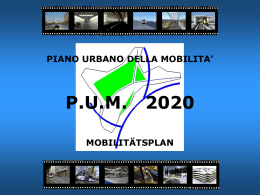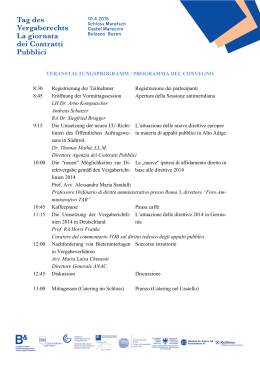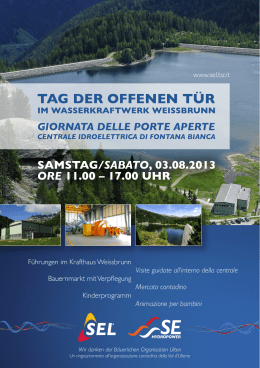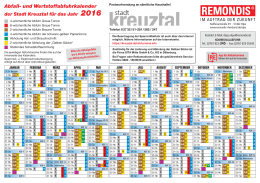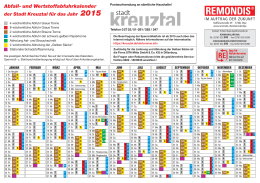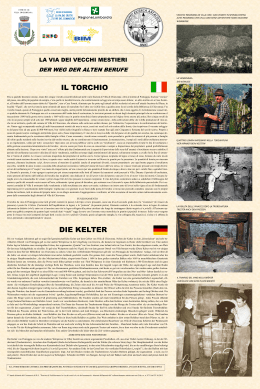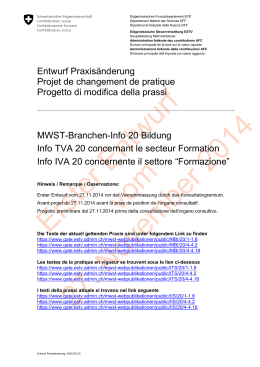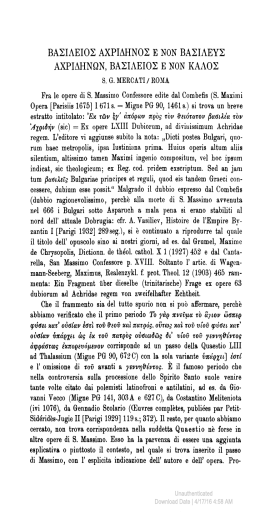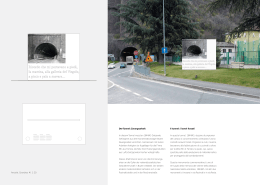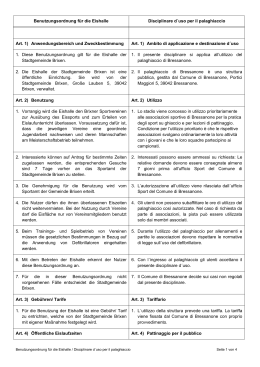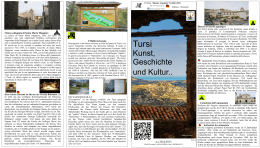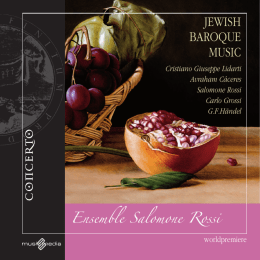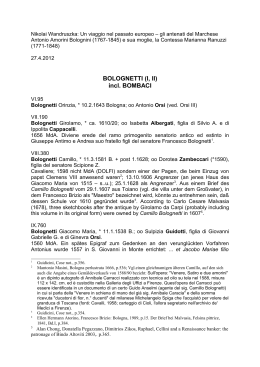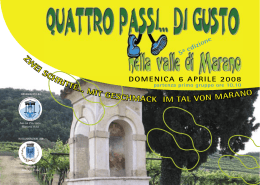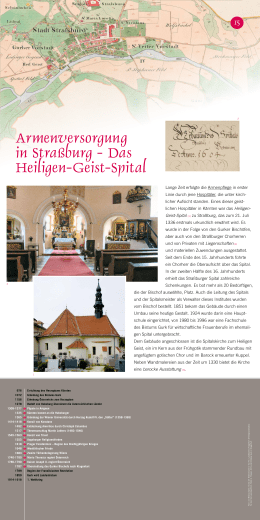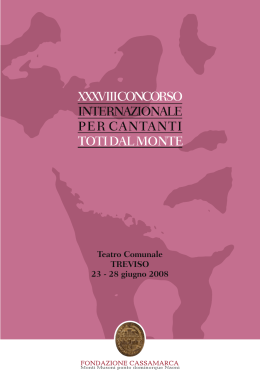De novis libris iudicia 237 romische Lederschuhmode von den wohlbekannten caligae uber die sog. "Eyelet Boots" his zu Sandalen zu verfolgen. Kulturgeschichtlich interessantes birgt auch der Vortrag von P. Noelke, ,Ein neuer Soldatengrabstein aus Koln", worin die Person auf einer Grabstele als Soldat gedeutet wird auf Grund der abgebildeten Attribute. Die groBte Rolle bei der Identifikation spielt das Ringschnallen-cingulum; beigeftlgt ist eine Liste von 83 rl>mischen Abbildungen mit cingula dieses Typs. Zuletzt sei noch einiges tlber den Inhalt des allgemeinen Kapitels gesagt. Von groBem Wert ist z.B. "Roman Military Diplomas and Topography" von M. Roxan, wo viele Fragen der MiliUi.rdiplomforschung uberzeugend angefaBt werden. Entschieden wird abgelehnt, daB die Diplome als Belohnung fUr Tapferkeit anzusehen seien (noch im selben Band anders S. Duranic), weiter werden die Moglichkeiten erortert, Aufzahlungen von Kohorten und Alen in den Diplomen als Beschreibungen der Lokalisierung der provinziellen S treitkrafte zu ntltzen. Ein anderes Thema, das mehrere Beitrage gesammelt hat, ist der Waffenexport in das Barbarikum (J. Kunow, J. ~nstrup). Dies er kurze Oberblick hat vielleicht gezeigt, daB dieser S ammelband ftir viele Wichtiges bergen kann. Es ist zu hoffen, daB der Titel ,Studien zu den Militargrenzen Roms" die Zahl der ktlnftigen Benutzer nicht nur auf Militarhistoriker einschrank:en wird. Christer Bruun Steven E. Sidebotham: Roman Economic Policy in the Erythra Thalassa 30 B.C.- A.D. 217. Mnemosyne, Suppl. XCI. E.J. Brill, Leiden 1986. XIV, 226 p. NLG 85. The last 10 or 15 years have definitely taken the study of the ancient maritime trade of the Red Sea and the Indian Ocean beyond the old standard works of Khvostov, Schoff, Charles worth and Warming ton. Scholars like Dihle, Casson, Raschk:e etc. have contributed their share and here we have again a fresh study on the subject. Sidebotham's book is a revised version of his Ph.D. dissertation at the University of Michigan 1981. It differs from many earlier works in trying to study this trade from the point of view of Roman imperial government, its share of and attitude to it rather than the items, routes, volume and costs of the trade itself. These traditional subjects are dealt with in one chapter only (II), directly after the introduction. The third chapter is devoted to the facilities (roads, ports and canals) of the trade, whilst the fourth deals with regulations, traders and taxes. The long chapter V. traces "The Genesis and Evolution of Roman Policy in the Erythraean Sea" and VI. 238 De novis libris iudicia forms the conclusion. The new point of view is interesting and rewarding. The evidence of inscriptions and papyri (as well as of archaeology) is fully used and gives new perspectives especially to those interested in the Indian part of the trade. The study is concluded by two appendices, one on the uses of the terms "Red Sea" and "Indian Sea" in Greek and Latin sources and the other on the age old question of the date of the Periplus Maris Erythraei. Klaus Karttunen Puteoli. Studi di storia antica. Voll. Vll-VID, IX-X. Editi a cura dell' Azienda Autonoma di Soggiomo, Cura e Turismo di Pozzuoli. Redazione generale di Giuseppe Camodeca. Napoli 1983-84, 198586. 327 p. ITL 45.000 & 315 p. ITL 65.000. Nel volume piu recente della rivista si trova un chiaro predominio dell'archeologia. Noto a tantissimi visitatori e famoso per la descrizione virgiliana (Aen. 3, 441ss e 6, 42ss) e il suggestivo «antro della Sibilla» a Cumae. Se non che tutti si sarebbero sbagliati: Le costruzioni oggi visibili non hanno niente a che fare con la Sibilla, ma hanno probabilmente fatto parte di fortificazioni del IV o Ill secolo a. C. E questa la sconvolgente ipotesi presentata, in modo convincente, da M. Pagano. Tra 1' altro Virgilio non e un testimone di grande valore topografico, e quando scrisse, la Sibilla non poteva piu operare nella vecchia dimora, perche se ci fosse attivita oracolare questa si sarebbe trasferita nel vicino tempio di Apollo. Su questo luogo di culto nello stesso volume e presente un ampio lavoro di A. Gallo, <<Il santuario di Apollo sull' acropo li di Cum a». Sotto la rubrica «Forma maris antiqui» un importante lavoro di archeologia subacquea, «Contributi alia topografia di Baia sommersa». Vengono trattati il complesso termale di Punta Epitaffio, il canale del Portus Baianus ed una villa di proprieta di un certo L. (Calpurnius) Piso. L'identificazione si basa sul bollo di una fistula plumbaria trovata in situ con la scritta L PISONIS. Senz'altro si tratta del proprietario della conduttura e quindi anche della villa, come giustamente pensano gli autori. (Non sarebbe possibile vedere in L. Piso un curator aquarum, questi dignitari non compaiono mai su fistole in funzione del loro incarico, dove invece figurano procuratores aquarum ad eccezzione di CIL XV 7330. Su questo punto il. Diz. Epigr., s. v. "aquaria (fistula)'' e da correggere. Non e neanche il caso di farsi confondere dal fatto che L. Calpurnius Piso, cos. 60, era curator aquarum nel periodo 60-63). Intanto non e facile individuare il proprietario della villa tra i membri di questa numerosissima famiglia, gli autori pensano a un figlio finora sconosciuto o di
Scarica
